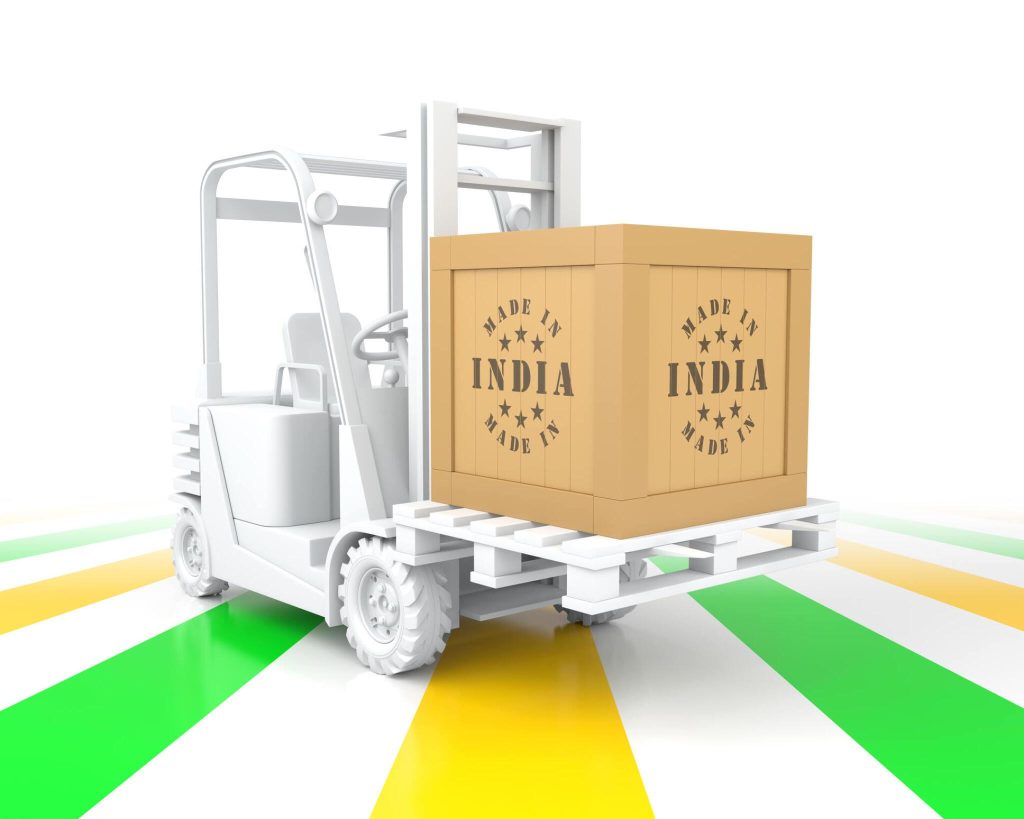Launched in 2014 with a flourish and a catchy jingle, the Make in India initiative aimed to transform India into a global manufacturing hub. Seven years later, the melody persists, but the tempo and volume deserve closer examination. Has India’s ambitious vision translated into a manufacturing crescendo, or are there discordant notes amidst the progress? Let’s delve into the initiative’s impact on manufacturing, exports, and economic growth, assessing its successes and identifying areas for refinement.
Manufacturing: Climbing the Ladder, But Not Quite Summiting
Manufacturing’s share of India’s GDP, while improving, rests at around 15%, significantly lower than China’s 37% or Thailand’s 25%. However, green shoots of progress are evident. Between 2014-2019, Foreign Direct Investment (FDI) into manufacturing reached $57 billion, compared to only $10 billion during the previous five years. Additionally, the Production Linked Incentive (PLI) scheme, offering financial incentives for key sectors like electronics and pharmaceuticals, has attracted major players like Apple and Samsung.
Stats Speak:
- FDI inflow into manufacturing (2014-2019): $57 billion
- Growth in FDI inflow between 2014-2019 and 2009-2014: 470%
- PLI scheme investment commitments (by 2022): $31 billion
Exports: A Mixed Bag with Untapped Potential
While India’s exports have increased marginally since 2014, their growth rate lags behind global averages. Moreover, the composition of exports remains heavily tilted towards low-value products like textiles and pharmaceuticals, with high-tech items constituting a mere 8%. This export basket needs diversification to boost growth and compete effectively in the global market.
Stats Speak:
- Indian exports growth rate (2014-2023):5% (global average: 7.2%)
- Share of high-tech exports in total exports: 8%
- India’s rank in global merchandise trade: 20th (2014: 11th)
Economic Growth: A Song Sung in Two Keys
Make in India’s contribution to overall economic growth has been modest. While a nascent manufacturing sector creates jobs and fosters technological development, its current scale hasn’t yet significantly shifted the GDP needle. However, the long-term impact could be more pronounced, especially if the initiative fuels the rise of domestic innovation and knowledge-based industries.
Stats Speak:
- India’s GDP growth rate (2014-2023):6%
- Job creation in manufacturing during Make in India (estimated): 4 million

Beyond the Numbers: The Unwritten Verses
While statistics paint a picture, they often miss the nuanced details. For Make in India, these include:
- Infrastructure Bottlenecks: Logistics costs remain high, hampering domestic and international competitiveness. Streamlining ports, highways, and supply chains is crucial.
- Skill Gap: The workforce requires upskilling and reskilling to meet the demands of advanced manufacturing. Bridging this gap is essential for attracting and retaining investments.
- Ease of Doing Business: Complex regulations and red tape add layers of difficulty for manufacturers. Simplifying bureaucracy can act as a lubricant for business growth.
- Focus on Sustainability: Integrating environmental and social responsibility into manufacturing practices enhances India’s global standing and attracts ethical investors.
Remixing the Melody: Moving Forward with Make in India 2.0
In 2020, Make in India entered its second phase, focusing on 25 key sectors, including aerospace, defense, and artificial intelligence. The revised initiative addresses some of the initial concerns, but further refinement is needed:
- Targeted Investment: Attracting large, technology-intensive companies through customized incentives can accelerate knowledge transfer and innovation.
- Skill Ecosystem Development: Collaborating with academia and industry to create job-ready graduates and a continuous skilling ecosystem is vital.
- Innovation Push: Fostering research and development within India, encouraging local startups, and leveraging domestic intellectual property will drive long-term sustainability.
- Collaboration and Integration: Aligning Make in India with other initiatives like Digital India and Smart Cities can create a synergistic effect, boosting infrastructure and digital connectivity.
Embracing the Encore: A Collaborative Symphony of Success
Make in India’s success hinges on a collaborative effort involving the government, industry, academia, and the workforce. By addressing the existing challenges, implementing the proposed solutions, and fostering a culture of innovation and sustainability, India can transform its manufacturing landscape. This collective endeavor will not only translate into economic growth and job creation but also position India as a globally competitive force in the manufacturing arena.
The Make in India initiative, like any ambitious endeavor, is a work in progress. Its journey is an ongoing symphony, with discordant notes occasionally disrupting the melody. However, by acknowledging the challenges, embracing continuous improvement, and collaborating across sectors, India can refine its approach and turn Make in India into a harmonious success story, captivating the world with its manufacturing prowess. The encore awaits, promising a vibrant melody of economic growth, technological advancement, and global recognition. It’s time to raise the curtain and orchestrate a manufacturing masterpiece.


Leave a Reply